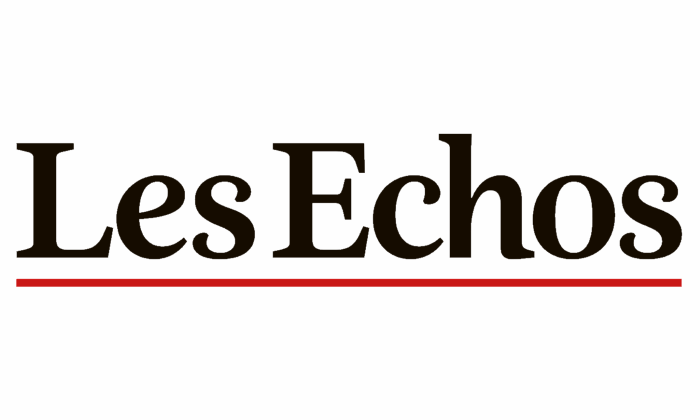By mid-2025, core inflation in the euro area appears to be stabilizing around 2.5%, while wages are increasing at a pace close to 3%. Headline inflation, for its part, has returned to approximately 2%. This outcome is not attributable to a single factor but rather to the convergence of several dynamics: a determined monetary policy that firmly anchored inflation expectations, a gradual recovery of supply after the disruptions caused by COVID, and a significant easing in energy prices.
However, this improvement should not obscure long-term factors such as demographics, the energy transition, or the growing fragmentation of the global economy, all of which may fuel persistently higher inflation.
Growth prospects for the eurozone remain modest: between 1% and 1.4% according to estimates, with some countries performing slightly better than expected. Thus, the current ECB interest rates—after multiple cuts—do not appear restrictive. They are currently within a neutral range, or even slightly accommodative.
Uncertainties continue to weigh heavily on the European economy. Among them, commodity prices—including rare earths—remain highly sensitive to unpredictable geopolitical developments. The impact of the German fiscal stimulus on prices is also hard to foresee. It will depend on the intensity of its implementation and its effect on supply. The future level of customs tariffs is particularly uncertain; they may slow growth by disrupting global value chains, but also fuel price increases through higher import costs. Economic models struggle to produce converging results. In such an environment, the ECB is right to follow a “data-driven” approach, strictly based on incoming data without any predetermined policy path.
Moreover, a return to very low interest rates, absent a strong cyclical justification, would be a mistake. Persistently near-zero rates without exceptional reasons create imbalances such as speculative bubbles in financial or real estate assets, incentives for inefficient capital allocation, and unsustainable increases in both public and private debt. The additional negative effects of an environment with excessively low rates for too long are well known: liquidity traps, artificial survival of inefficient so-called zombie firms, slowing productivity gains, and increased precautionary savings.
Today, the key issue is Europe’s insufficient growth potential—yet the remedies lie outside the central bank’s scope. This weakness stems from a lack of structural reforms, excessive regulation, a competition policy that needs to revise its definition of the relevant market in the era of global giants, and non-tariff barriers that still hinder business expansion within the single market itself. If inflation is under control, monetary policy can support activity and stimulate it when actual growth falls below potential growth—but it cannot substitute for the structural reforms that are required.
Monetary policy should also not be used as a tool to allow states to further delay the consolidation of their public finances. It is also illusory to believe that robust and sustainable growth can be achieved in a context of excessive and unstable public debt. In this respect, governments bear full and entire responsibility.
The ECB should maintain the necessary room for maneuver in case more forceful action becomes necessary. However, the recent rise of the euro—which is disinflationary and may in itself slow growth—could prompt it to act more quickly.
Olivier Klein
Professor of Economics at HEC and CEO of Lazard Frères Banque
